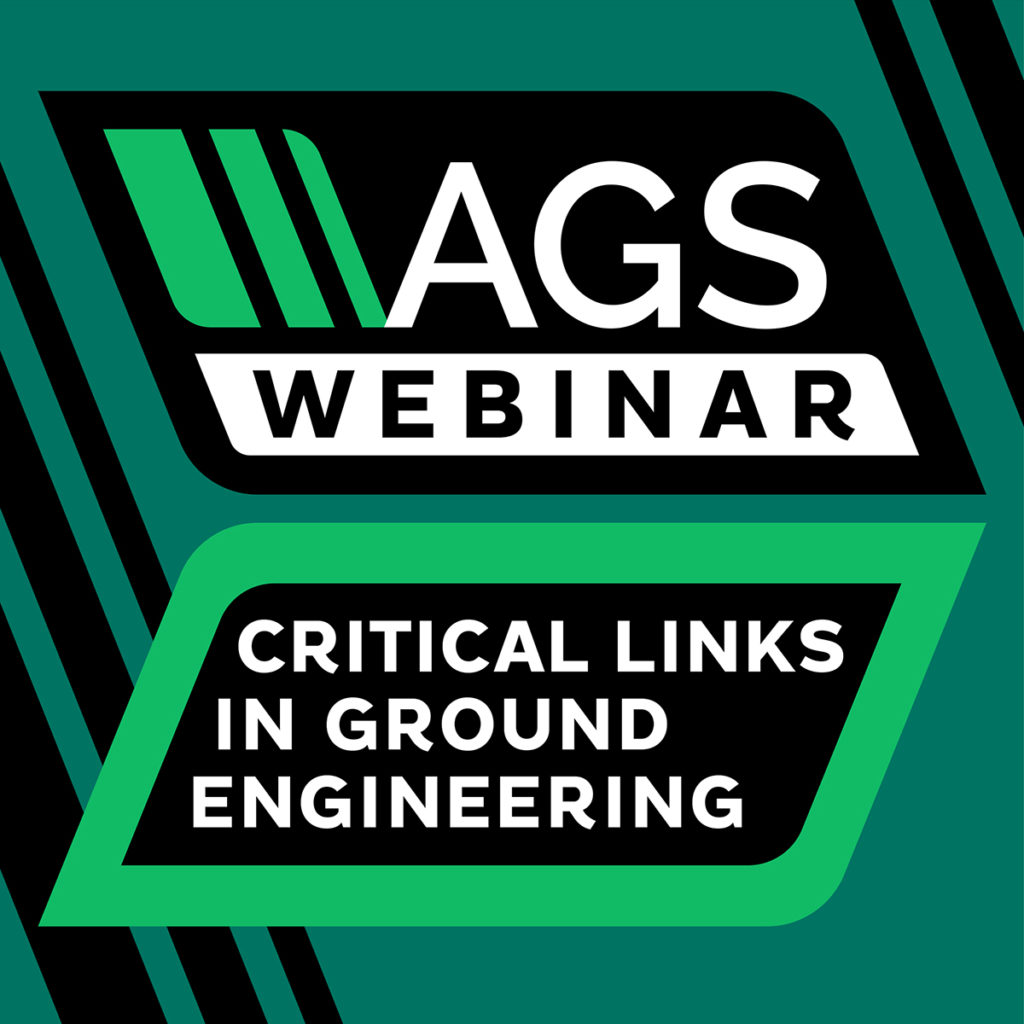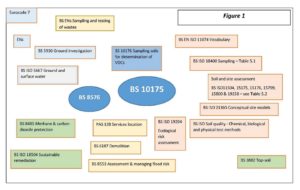Article provided by Sarah Hamill, Contaminated land Officer, West Dunbartonshire Council
It is common knowledge that the UK’s industrial history has left us with a legacy of sites with land contamination issues. Everyone is keen to see this legacy dealt with and so the opportunities that development and regeneration of these sites provide are welcomed. Even during these difficult times we are fortunate to still see development and regeneration sites coming forward however with this comes a wide range of reports. As a regulator we receive reports ranging from The Good, to the Bad and even to the Ugly, and there is nothing that frustrates us more than when we receive sub standard reports which fail to address the main issues of addressing land contamination.
Improving the quality of reports relating to land contamination is a popular topic across the contaminated land community and was the subject of a virtual panel discussion hosted by Environment Analyst on 19th January and also a roundtable discussion at the recent Brownfield Land Scotland Virtual Conference (2nd-3rd February). There were several suggestions on how we could ‘raise the bar’ but the one theme that carried through was that as a community (regulators, consultants, contractors) we all have a role to play to educate the developers of what is required. It is evident that many developers do not fully appreciate the importance of dealing with issues from the ground up and so the ground investigation (especially the assessment of the environmental risks) is often an after thought. This can mean that by the time the ground is suitably investigated the design and layout of the development has been decided and so the measures required to deal with what is found can often disrupt the proposals and programme.
As a community we have a responsibility to better engage and inform developers. Pre-application discussions are a good way to do this as this can mean that the ground conditions are considered and sometimes even addressed at an early stage. However, while we may be seeing an increase in pre-application discussions the majority of these are for large scale developments. We therefore have a responsibility to ensure that small scale developers also understand what may be required so that they can assess the potential implications of this to their project. To be faced with numerous conditions at the planning stage may be overwhelming especially when they did not even consider it as an issue.
To try and resolve this, Scottish regulators produced a guidance for developers booklet that was published in 2010. The purpose of this was to highlight the key issues that need to be considered when embarking on projects where land contamination may be an issue as well as highlighting the standards expected by Scottish Local Authorities. The problem with this was that it was a snapshot of guidance at that time with no one organisation taking ownership of it. A revised version was then published in 2019 after a major overhaul of the content as it was felt that a more detailed piece of guidance was necessary including more information on what is, and more importantly, what is not accepted. This time however we were fortunate to be able to do this under the remit of Environmental Protection Scotland (EPS) meaning that the most up-to date version could be made available on their website so that any changes and updates could be easily made.
https://www.ep-scotland.org.uk/wp-content/uploads/2019/09/ConLanDevGuide_12-Aug19-FINAL.pdf
While the original document was titled ‘Guidance for Developers’ this updated version has been written to also benefit local authority officers, consultants and contractors when preparing and/or reviewing site investigations, risk assessments, remediation strategies/schemes and verification plans/reports. This document is recognised and used by the majority of Scottish Local Authorities and is also endorsed by both SEPA (Scottish Environment Protection Agency) and REHIS (Royal Environmental Health Institute of Scotland). To ensure developers are aware of it many authorities ask that it is included in the Planning packs that is sent out with other planning information. EPS had scheduled a launch day for May last year where developers were invited to attend, however the COVID lockdown resulted in this being delayed. It is however still their intention to run this as, possibly as a ‘virtual’ webinar event. In the meantime we would appreciate if everyone could help to promote this document and encourage developers to take cognisance of this especially when working in Scotland.
As is known there are some differences on how land contamination issues are assessed across the nations (in particular in relation to the water environment) and so this guidance has been written specifically for Scotland. In saying that there are also key issues discussed that apply across the UK (e.g verification) and so this document may act as a useful reference for all. Feedback on this document is welcomed and so if after reading it you have any comments then please do email them into admin@ep-scotland.org.uk under the subject title ‘Land Contamination and Development’ so that this can then be forwarded onto members of the steering group.






